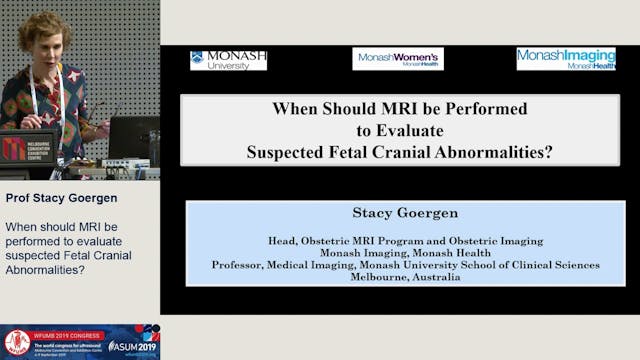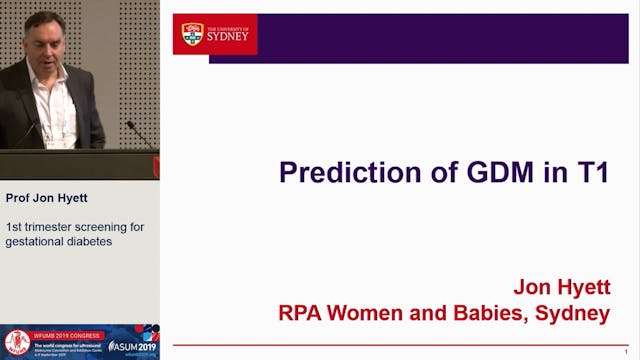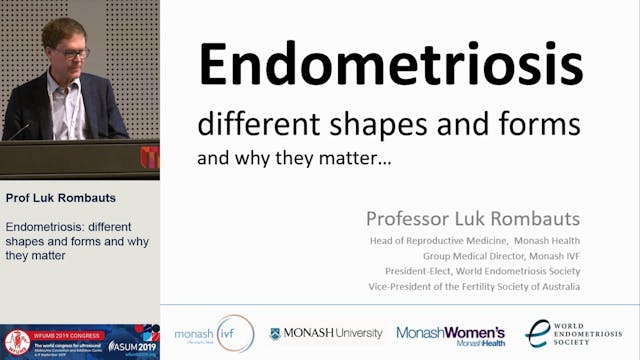3D reconstruction in fetal medicine
O&G
•
14m
Advances in image-scanning technology have led to vast improvements in medicine, especially in the diagnosis of fetal anomalies. In general, two main technologies are used to obtain images within the uterus during pregnancy ñ three-dimensional ultrasound (3DUS) and magnetic resonance imaging (MRI). Ultrasound (US) examination is the primary method of fetal assessment because it is patient-friendly, effective, cost-efficient and considered to be safe. MRI is generally used when US cannot provide sufficiently high-quality images. It offers high-resolution fetal imaging with excellent contrast that allows visualization of internal tissues.
Additive manufacturing (AM) is the automatic, layer by-layer construction of physical models using solid free-form fabrication. The first AM techniques were used in the late 1980s to produce models and prototypes. The use of AM in the biomedical sector has increased steadily over the past decade. Different uses have been reported widely in the medical literature, but little has been published on its application to the gravid uterus, so we applied AM technology to fetal images obtained by 3DUS and MRI.
Fetoscopy is a technique that utilizes a small camera to examine and perform procedures on the fetus. The term ëvirtual fetoscopyí describes the creation and evaluation of representations of the fetus and surrounding structures using spatial information derived from imaging sources other than the fetoscope itself.
We believe that virtual and physical models can help in the tactile and interactive study of complex abnormalities in multiple disciplines. They may also be useful for prospective parents because a 3D physical model with the characteristics of the fetus should allow a more direct emotional connection to their unborn child.
The key concern of this talk will show how to obtain high-quality 3D images from US and MRI and the use of AM and virtual navigation.
Up Next in O&G
-
When fetal MRI is necessary?
Contemporary fetal diagnosis should be a multidisciplinary endeavour. The relative contributions of MRI and ultrasound (US) for diagnosis of fetal cranial abnormalities in clinical practice depend upon:
1. The nature of the fetal abnormality and gestational age at which it is suspected
2. Avail... -
1st trimester screening for gestation...
First trimester screening for gestational diabetes: Prediction and prevention
-
Endometriosis: A surgical perspective
Not Found



